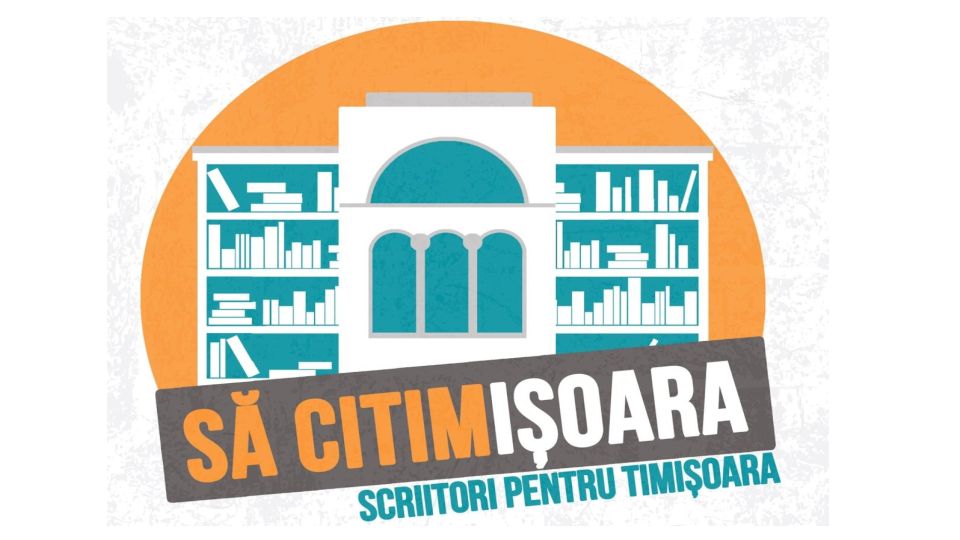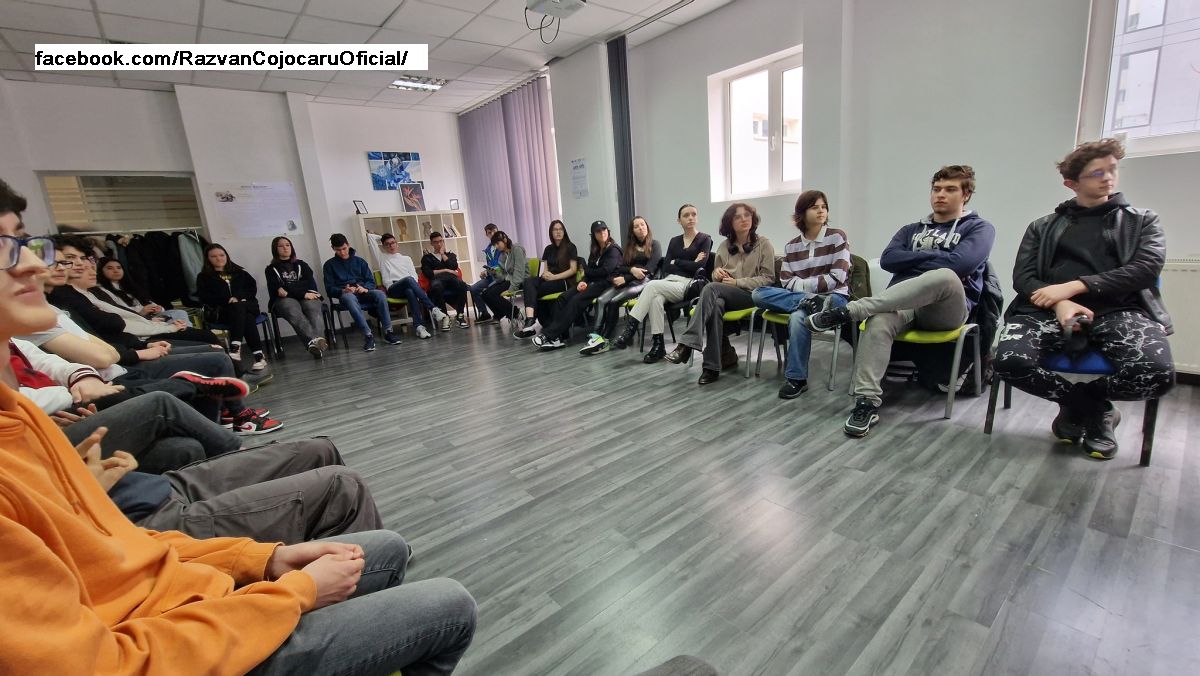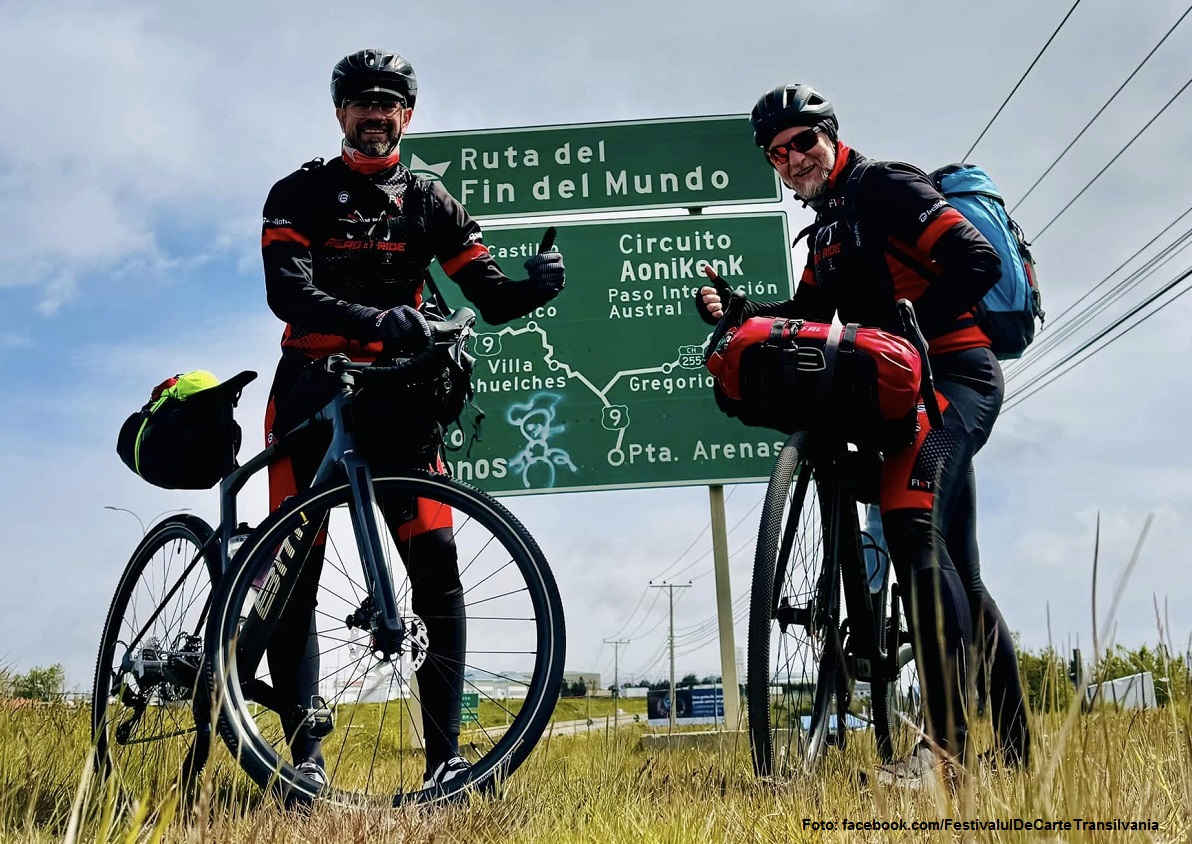Să ciTimişoara!
New project seeks to promote the writers from Timişoara and the books about this city.

Ana-Maria Cononovici, 18.06.2024, 14:00
Patricia Lidia has initiated over the years a number of cultural projects, including a book club for detainees, the first of its kind in the country, as well as creative writing workshops for children. We asked her to tell us more about her latest project entitled Să ciTimișoara, which seeks to promote the writers from Timişoara and the books about this city in western Romania.
“The name is a playful combination between the verb to read and Timișoara. Our intention is to promote writers from Timișoara and books about Timișoara, for we often feel that because we are at some distance away from the capital city, in another geographical region of the country, writers from Timișoara are little known outside of their own city. Four years ago we launched this initiative in the form of informal meetings rather than book launches in which we look at how the city is reflected and in which we promote the city’s writers.”
The participants in these meetings are writers themselves, although they also have other day-to-day jobs, says our interlocutor Patricia Lidia:
“We each discovered Timișoara’s history during research for our own books and each realised in our own way that the city’s Freedom Square, its baroque buildings, the fancy restaurants, Trajan Square and Fabric, which is now unfortunately in ruins, have a captivating history, much more so than we could have imagined or about which we didn’t know because we often tend to glorify the cities we go to on holiday but forget that we live in a beautiful city ourselves, a city that attracts many tourists. We discovered the city’s hidden treasures and were united in a desire to show the world that this city full of history but little known is not just a collection of Habsburg-era vestiges and bored engineers, but also a cultural destination, a place that witnessed important historical events and which are not taught in school but which should be known not only by adults and older people but also children, so as to understand in fact the context in which Timișoara developed.”
Patricia Lidia says the project is completely apolitical:
“We don’t do politics, have nothing to sell. We simply want to get together regularly, we, the writers of Timișoara with the readers of Timișoara, with people who are passionate about Timișoara, and talk without affectation, like friends, about the corners of the city that caught our attention and listen to fragments from books inspired by these places read by the very writers who discovered those wonderful places. We started out with a small group of 6 or 8 friends and at our last gathering there were 35 of us. Much to our surprise and joy, we had to borrow chairs from the neighbours, there were so many of us. We usually meet at two locations, at Cărturești Mercy in the centre and at AmPm, a bar in the Fabric area, but recently we started working with an antique book shop, Queen, which will create a special section dedicated to writers from Timișoara.”
We asked our interlocutor about the interesting things these readings uncovered:
“One seminal work I discovered is Cristian Vicol’s ‘Short History of Timișoara until 1716’, which doesn’t just focus on historical data as we learn them in school, but weaves them together with captivating stories and images to provide a new perspective on the city’s history and myths. I found out from this book, for example, that although we learn in school about the famous battle of Posada of 1330, when the Hungarian king Carol Robert of Anjou was defeated and driven out, we don’t also learn that his residence was in Timișoara, which was at the time an integral part of the Hungarian Kingdom and that the whole operation in fact had been launched from here.”
Patricia Lidia is full of confidence in the future when it comes to reading and the writers of Timișoara:
“Apart from the established, albeit amateur, writers we have here in Timișoara, we are also trying to cultivate a passion for writing and for the city among children. So we also have our little writers. I’m very proud of my contribution to the publication of a book coordinated by Elena Manolache, who teaches at School no. 25 in Timișoara, where they published a book containing texts written by children, so I’m confident that the future generations of writers are being forged and that we will have some wonderful surprises.”






























